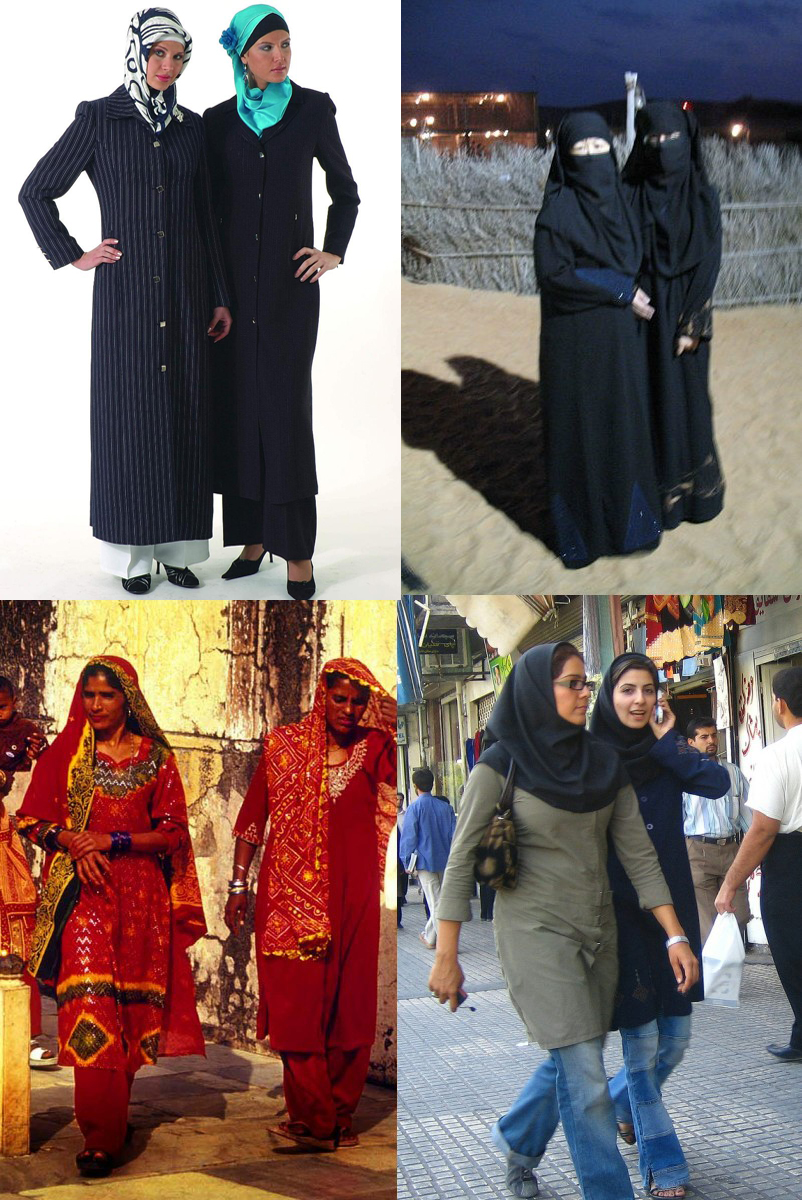
caftan moroccan-On this Product Details Page, You Can Find Comprehensive
Well, writing about Haja Hamdaouia's style made me want to write about Moroccan traditional dress… but if I really want to write about it, it will be the longest blog ever because there is a LOT to say! But that's not the case so, here is some information
Moroccan traditional dress is centuries old, has undergone many changes, and varies from region to region. We usually agree on the fact that Caftan is the traditional dress, but if we take into consideration the Amazigh tribes, the Eastern part of Morocco, as well as the Arab nomads and desert inhabitants, it turns out that we have many Moroccan traditional dresses. Let us just say, the most famous and most popular Moroccan dress tends to be a Jellaba, for daily use, and Caftan, for celebrations. Caftan itself is divided into two types, Caftan, which is one piece dress, and "Takcheeta", which is Caftan plus an upper layer known as "Dfeena". Caftan is for minor celebrations, and Takchita is for weddings and birth celebrations for instance

Moroccan traditional Takchita is known as "Malakiya", "Makhzaniya", in reference to the traditional Fassi dress worn by the princesses of the royal family. It is the classic intemporal style
However, Takchita is so loved by Moroccans of all ages and social milieus that it has naturally progressed along with the requirements of modernity. There are yearly fashion shows of Caftan with new models and inspirations. The most famous and fanciest of these shows is simply known as "Caftan", and takes place every year in Marrakesh. Famous worldwide fashion designers, such as Jean Paul Gaultier, have revisited the Caftan

How we make Moroccan traditional dresses
First of all, we buy fabric. There are many types of fabric, and the most popular ones tend to be silk, brocade, velvet, Kashmir, wool (mleefa), etc. Moroccan women are also very fond of Indian saris. Fabric can cost from 250 to 15000 dirhams, it really depends on what you can afford. Therefore, everybody can wear Caftans and Takchitas. For Jellabas, fabric can even be cheaper. Jellaba is the most widely worn dress in Morocco!
After buying fabric, we take it to a special dressmaker specialized in "beldi" (traditional) style. These skilled dressmakers advise us on the tailoring but also, and especially, on the "sfeefa" style and colour. Sfeefa is the traditional passmentrie ornament of Moroccan dresses
 After we choose a model and a pattern, the dressmaker gives our fabric to a team of designers. They are sfeefa, embroidery, pearl settings, and tailoring specialists. Sfeefa can either be with silk or with gold threads, and of course, each type has its own experts!
After we choose a model and a pattern, the dressmaker gives our fabric to a team of designers. They are sfeefa, embroidery, pearl settings, and tailoring specialists. Sfeefa can either be with silk or with gold threads, and of course, each type has its own experts!Takchita, unlike Caftan and Jellaba, is composed of two layers and a belt. The belt can be made of gold threads or of silk threads, or simply in fabric with various types of ornaments. The belts are traditionally made of gold or silver, which has remained a quite common custom (yet, an expansive one, so guess how common
Jellaba
Jellaba tends to be more discrete, and has a hood. Jellaba is really for day to day apparel, and besides that it is always worn in specific occasions such as visiting people for condolences, but also on happier occasions like the 27th night of Ramadan and the days of Aids (religious celebrations

Jellabas are for men too, but of course, in different style. Men also have their Caftan called "Qamiss", and a style of it called "Gandoura
There are ready made Jellabas, Caftans and even Takchitas for sale



 Hillary Clinton with The King Of Morocco Mohammed VI
Hillary Clinton with The King Of Morocco Mohammed VI Hillary Clinton and Princess Lalla Meyem wearing Moroccan Caftan
Hillary Clinton and Princess Lalla Meyem wearing Moroccan Caftan Beyonce wearing a beautiful red Moroccan traditional caftan
Beyonce wearing a beautiful red Moroccan traditional caftan American star Jessica Simpson wearing a beautiful black Moroccan Caftan for Halloween
American star Jessica Simpson wearing a beautiful black Moroccan Caftan for Halloween



